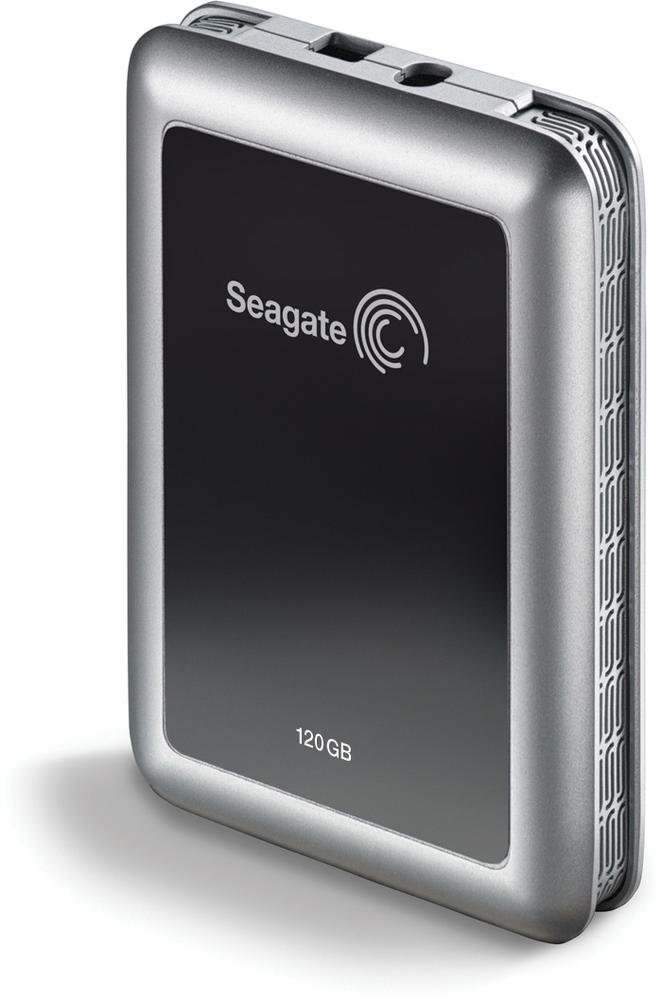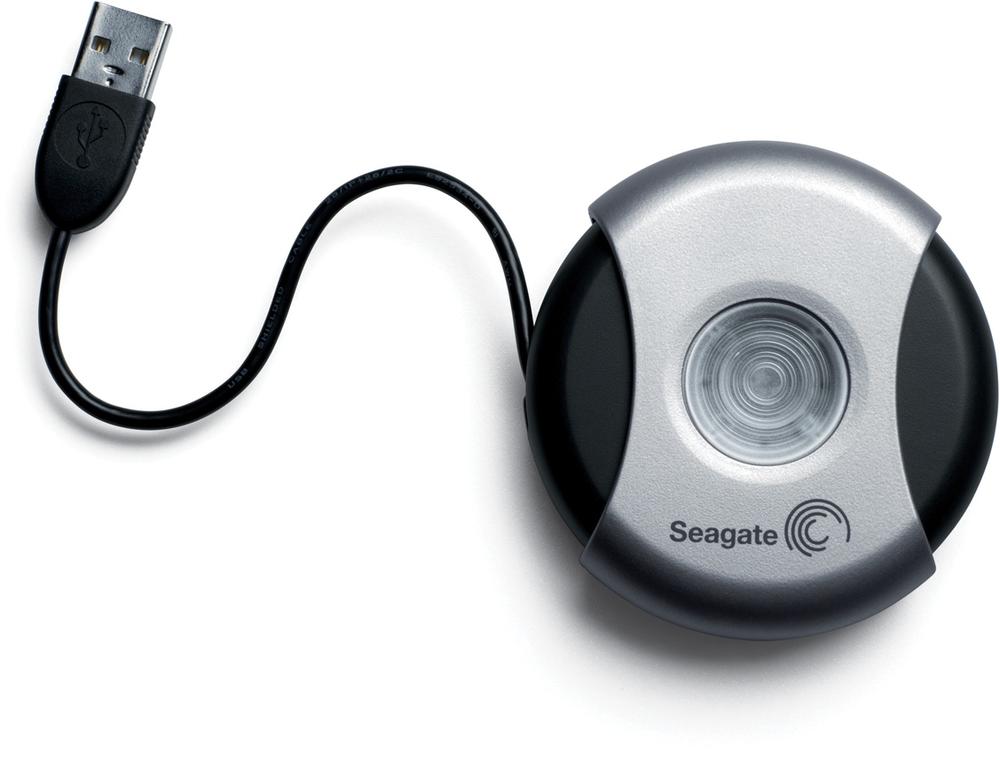External hard drives are external peripherals that comprise a standard desktop or notebook hard drive contained within a portable enclosure that provides one or more types of interface connector to link the external hard drive to a desktop or notebook computer. Many external hard drives include backup software that features a "one-button" means of backing up data from your internal hard drive.
External hard drives may use any of three interfaces:
- USB 2.0
USB 2.0 is by far the most common interface supported by external hard drives. USB 2.0 nominally provides 60 MB/s bandwidth, but overhead typically reduces this to an effective 25 MB/s to 30 MB/s. Because standard hard drives can use 50 MB/s or more bandwidth, the USB 2.0 interface throttles throughput noticeably for the fastest external hard drives, making them "feel" somewhat slower than an internal drive. The advantage of USB 2.0 is that it is ubiquitous, so a USB 2.0 external hard drive can be connected to nearly any notebook or desktop system.
- FireWire
FireWire (IEEE-1394a or IEEE-1394b) is similar functionally to USB 2.0, but faster in real terms. Most FireWire external hard drives use IEEE-1394a S400, which provides nominal bandwidth of about 400 Mb/s, or 50 MB/s. True throughput is somewhat smaller, but sufficient to make throttling relatively minor. Most IEEE-1394b external hard drives support the S800 data rate, which eliminates throttling completely. The disadvantage of FireWire is that relatively few systems, notebook or desktop, provide an S400 FireWire interface port, and almost none provide an S800 port. Few FireWire-only external hard drives are available. Most drives that support FireWire also include a USB 2.0 interface. If you plan to use a small FireWire drive with your notebook computer, you'll probably want bus power. Not all FireWire ports deliver bus power.
- External SATA
External SATA ( eSATA) is the least common interface supported by external hard drives, but is fast gaining popularity. eSATA provides 150 MB/s or 300 MB/s bandwidth, and the high efficiency of the eSATA protocol means that nearly all of that bandwidth is actually available to the drive. An eSATA external hard drive has the same performance as the same drive used internally. The disadvantage of eSATA is that only a tiny percentage of systems have eSATA ports.
Broadly speaking, there are three categories of external hard drive:
- Full-size external hard drives
Full-size external hard drives are about the size of a thick hardback book (or a Mac Mini). Because they use standard 7200 RPM 3.5" desktop ATA or SATA drives, these drives have high capacities—from 120 GB to 500 GB or more—and very high disk performance. They are readily available in USB and/or USB/ FireWire interfaces, and by mid-2006 will be available in eSATA models. Because full-size external hard drives use standard 3.5" desktop hard drives, they require more power than can be provided by the interface cable. Accordingly, full-size external drives always use a power brick. Figure 9-1 shows a 500 GB Seagate external hard drive, a typical full-size model.
- Portable external hard drives
Portable external hard drives are smaller than a paperback book, and about an inch thick. Because they use 4200 RPM 2.5" notebook hard drives, these drives have smaller capacities—typically 40 GB to 120 GB—and lower disk performance than full-size models. Their low power consumption means they can be powered directly by the interface and so require no power brick. Most portable models are USB-only. Figure 9-2 shows a 120 GB Seagate portable external hard drive, a typical model.
- Pocket external hard drives
Pocket external hard drives are a solution in search of a problem. Because they use 3600 RPM 1" hard drives, these models have tiny capacities—typically 5 GB or less—and much lower disk performance than even portable models. We see no point to buying one of these drives. USB flash drives, described later in this chapter, are smaller, faster, cheaper, and hold more data. Figure 9-3 shows a 5 GB Seagate pocket external hard drive, a typical model. (Note that models based on 1.8" hard drives have substantially higher capacities, are much less expensive per gigabyte than USB flash drives, and are often small enough to qualify as "pocket" drives.)
External hard drives of various types are made by Iomega, Maxtor, Seagate, Western Digital, and other companies. We prefer the Seagate models.


